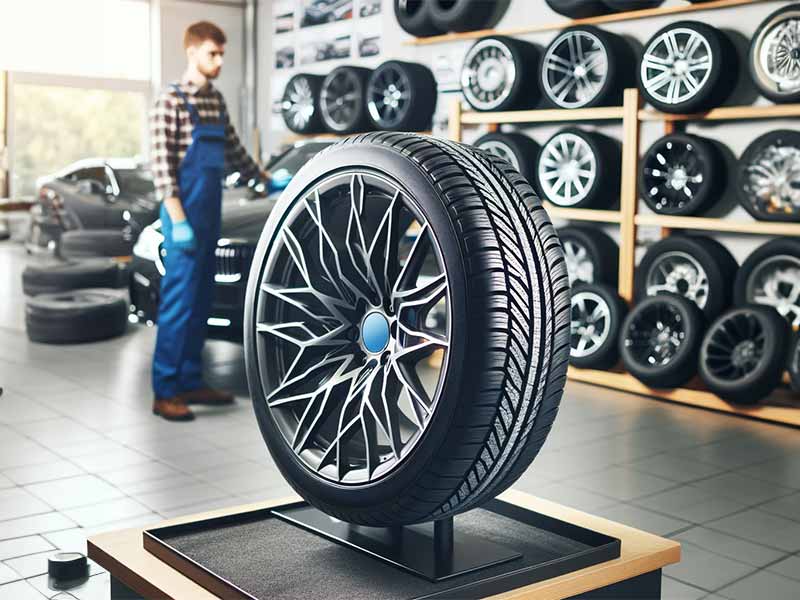When it comes to tires, the old saying “you get what you pay for” might spring to mind. But when safety is at stake, can you really afford to skimp on quality? Every time you get behind the wheel, your tires are the only thing between you and the road. So, let’s dig into the critical question: Are cheap tires a budget-wise choice or a safety compromise?
Are Cheap Tires Safe?
Cheap tires can save money upfront but often compromise on wet braking performance and durability, potentially posing safety risks and needing more frequent replacement.
More expensive tires typically offer better performance and safety features, as well as longer treadlife.
In this article, we’ll compare cheap and expensive tires across several factors, including wet braking performance, dry handling, and winter conditions. We’ll discuss how these differences can impact your safety and long-term costs, helping you make an informed decision about what’s really riding on your wheels.
Wet Braking Performance: A Critical Differentiator
Wet braking performance is arguably one of the most crucial aspects of tire safety, differentiating high-quality tires from their cheaper counterparts. In this section, we’ll explore why this is such a pivotal factor and how it affects your driving safety.
The Importance of Wet Braking
- Stopping Distance: The ability of a tire to stop quickly on wet roads is vital. A shorter stopping distance can mean the difference between a safe stop and a potential accident.
- Traction in Wet Conditions: Good wet braking performance means the tire maintains better traction on wet roads, reducing the risk of hydroplaning and loss of control.
How Quality Influences Wet Braking
- Advanced Rubber Compounds: More expensive tires often use advanced rubber compounds that provide better grip on wet surfaces. These materials remain flexible and effective even in lower temperatures and wet conditions.
- Optimized Tread Patterns: High-end tires feature tread designs specifically engineered to channel water away from the tire’s contact patch, enhancing grip and reducing the risk of hydroplaning.
Comparing Cheap to Expensive Tires in Wet Conditions
When it comes to wet braking, not all tires are created equal:
- Cheap Tires: Often made with harder, less expensive rubber compounds and simpler tread designs, which can lead to longer stopping distances and decreased wet traction.
- Expensive Tires: Utilize sophisticated technology and materials to shorten stopping distances and improve handling in wet conditions. The investment in research and development in these tires often translates into superior performance and safety.
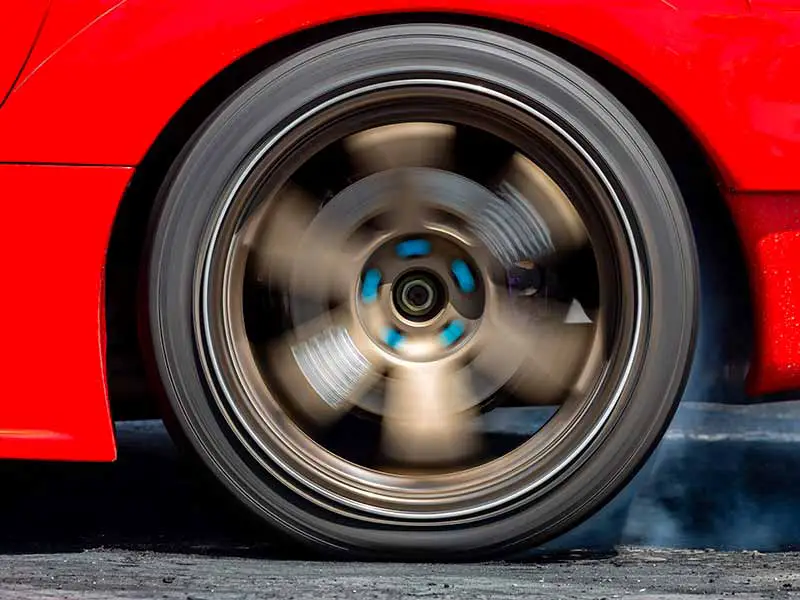
Dry Performance: Not All Tires are Equal
While wet braking is a crucial safety feature, a tire’s performance in dry conditions is equally important. Dry performance affects handling, cornering, and overall stability, significantly impacting the driving experience and safety. In this section, we’ll compare how cheap and expensive tires perform in dry conditions and why it matters.
Understanding Dry Performance
- Handling and Stability: Good dry performance means better control over your vehicle, especially when making quick maneuvers or during high-speed driving.
- Tread Design and Contact: The tire’s ability to maintain consistent contact with the road surface is vital for effective braking and cornering.
The Role of Quality in Dry Performance
- Rubber Compounds: Higher quality tires often use rubber compounds that provide optimal grip and flexibility in a wide range of temperatures, maintaining performance even as the tire wears down.
- Tread Patterns: Sophisticated tread designs in more expensive tires enhance grip and stability by optimizing the contact patch—the area of the tire that touches the road.
Cheap vs. Expensive Tires in Dry Conditions
The difference in materials and construction between cheap and expensive tires becomes evident in their dry performance:
- Cheap Tires: Might not provide the same level of grip and stability, especially in high-speed situations or sharp cornering. The less advanced rubber compounds and simpler tread designs can result in a less responsive driving experience.
- Expensive Tires: Engineered for performance, these tires usually offer superior handling and stability. The investment in technology and materials typically results in a tire that performs better and provides a safer, more responsive driving experience.
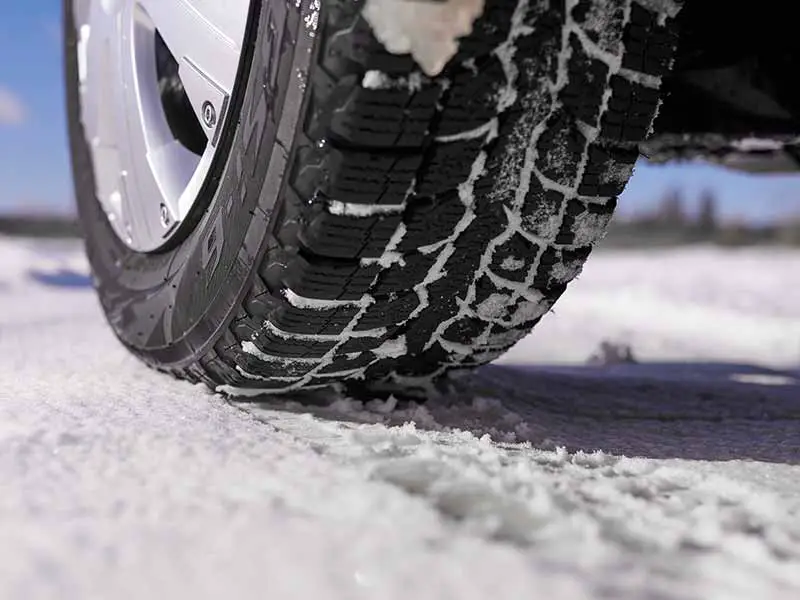
Navigating Light Snow and Ice: Winter Conditions
Driving in light snow and ice presents unique challenges, and the performance of your tires in these conditions is critical. This section will focus on how cheap and expensive tires compare when it comes to winter driving, covering aspects such as traction, control, and safety.
Winter Driving Challenges
- Traction in Snow and Ice: The ability to maintain grip on slippery surfaces is crucial. A lack of traction can lead to sliding and loss of control.
- Handling in Cold Temperatures: Tires must remain flexible in cold weather to provide adequate performance. The rubber compounds and tread design play significant roles here.
How Quality Influences Winter Performance
- Specialized Rubber Compounds: Expensive tires often use rubber compounds that stay flexible in cold temperatures, maintaining traction and handling.
- Advanced Tread Designs: Tires designed for winter conditions have unique tread patterns and biting edges that grip onto snow and ice, providing better control.
Comparing Cheap to Expensive Tires in Winter
The disparity between cheap and expensive tires can become quite evident in winter conditions:
- Cheap Tires: May not have the advanced materials and tread designs needed for optimal winter performance. They might harden in low temperatures, losing flexibility and reducing traction.
- Expensive Tires: Typically feature advanced technology specifically designed for cold, snowy, or icy conditions, offering better grip and control.
Longevity vs. Safety: A Balancing Act
In this section, we’ll discuss the balance between the longevity and safety of tires, emphasizing that while longevity is an important consideration for cost savings, it should not overshadow the critical aspect of safety. We’ll explore how this balance affects tire choice and the potential long-term costs and benefits of investing in quality tires.
The Longevity Factor
- Tread Life: Longer-lasting tires mean fewer replacements and potentially lower long-term costs. However, the longest-lasting tread might not always offer the best grip or safety features.
- Wear Patterns: Even wear can extend the life of a tire, but only if it’s coupled with regular maintenance and alignments.
Safety Shouldn’t Be Compromised
- Material Quality: While some tires may last longer due to harder compounds, they might not provide the safest ride. Softer, high-quality compounds in more expensive tires can offer better traction and safety, especially in critical conditions.
- Advanced Features: Expensive tires often come with safety features such as enhanced wet and dry grip, superior handling, and better high-speed stability. These features might decrease the tire’s life slightly but significantly increase safety.
Comparing Costs: Cheap vs. Expensive Tires
Understanding the real cost of tires involves more than just the purchase price:
- Cheap Tires: May seem like a bargain initially but could lead to increased costs over time due to more frequent replacements or potential safety risks.
- Expensive Tires: Higher upfront cost, but the investment in safety and performance can lead to fewer accidents, potentially lower insurance costs, and ultimately, better value over the tire’s life.
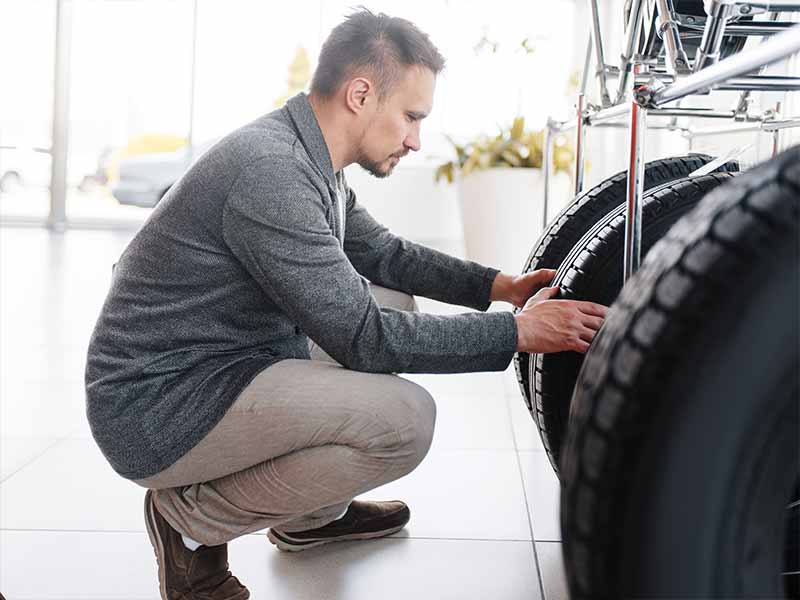
Making the Right Choice for Your Vehicle
Selecting the right tires for your vehicle is a critical decision that affects safety, performance, and cost. In this section, we’ll provide guidance on how to navigate the complex world of tire buying, ensuring that you understand the key indicators of quality and how to balance cost with performance and safety.
Key Indicators of Tire Quality
- Brand Reputation: Well-known brands often have a track record of quality and reliability. Researching and reading reviews can provide insights into performance and longevity.
- Tire Specifications: Pay attention to the tire ratings (treadwear, traction, temperature) and how they align with your driving needs and conditions.
- Technology and Design: Look for tires that boast advanced features and designs that suit your typical driving conditions, whether that’s wet roads, dry highways, or winter weather.
Reading and Understanding Tire Ratings
- Treadwear Grade: This tells you about the tire’s durability. A higher number indicates a tire that should last longer, but consider how the treadwear relates to performance and safety.
- Traction Rating: This is crucial for understanding how well the tire will perform in stopping on wet surfaces. Aim for a higher rating for better wet braking performance.
- Temperature Rating: Ensure the tire can handle the heat generated at high speeds or in hot climates, which is essential for maintaining performance and safety.
Making an Informed Purchase
- Balance Needs and Budget: Consider what you need from your tire (e.g., performance in certain weather conditions, longevity) and what you’re willing to spend.
- Seek Professional Advice: Don’t hesitate to consult with tire professionals who can provide recommendations based on your specific vehicle and driving habits.
- Warranty and Services: Consider the warranty and additional services offered, such as free rotations and balance, which can add value to your purchase.
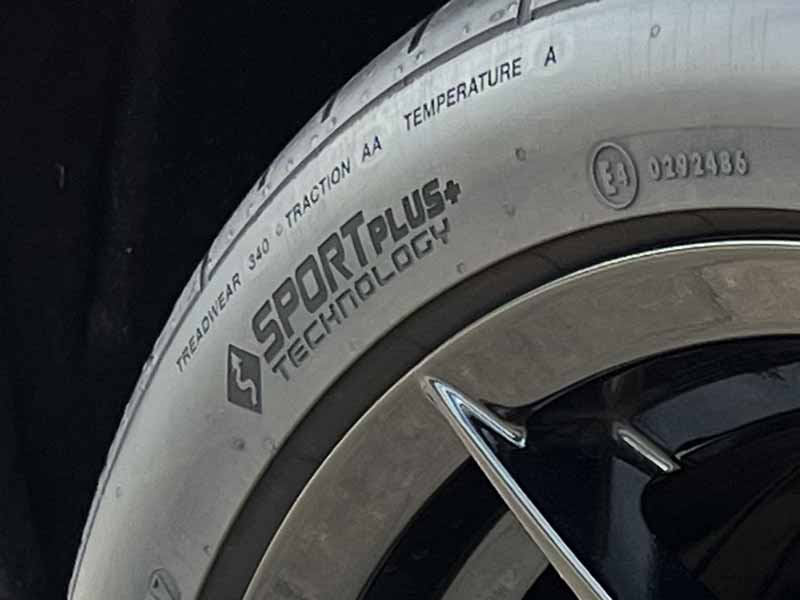
The Anatomy of a Tire
- Tread: The part of the tire that makes direct contact with the road. It’s designed in various patterns and depths to handle different driving conditions and is crucial for traction, stability, and water evacuation.
- Sidewalls: These are the sides of the tire, providing lateral stability. Strong sidewalls contribute to the overall handling and ride quality of your vehicle.
- Rubber Compounds: Tires are crafted from a blend of rubber and other materials. The quality and type of rubber compound significantly influence grip, flexibility, and durability, especially in varying temperatures and road conditions.
Decoding Tire Ratings
Understanding the ratings on your tire’s sidewall can provide you with insight into its expected performance:
- Treadwear: This number indicates the tire’s expected lifespan under standard driving conditions. Higher numbers typically signify a longer-lasting tread.
- Traction: Graded from AA down to C, this rating reflects the tire’s ability to stop on wet roads. Higher grades mean shorter stopping distances.
- Temperature: Rated from A to C, this denotes the tire’s heat resistance, which is crucial for maintaining integrity and performance at high speeds or in hot climates.
Why These Details Matter
When comparing tires, especially considering their safety in wet conditions, these factors play a pivotal role:
- Safety: The tread design and quality are vital for water evacuation and maintaining grip during wet conditions, directly affecting stopping distances and handling.
- Performance: High-quality rubber compounds and well-designed tread patterns contribute to better handling and stability, not just in the wet but also in dry and winter conditions.
- Durability: A tire’s construction and materials determine its wear rate and, consequently, how often you’ll need to replace them, impacting long-term costs.
Resources
Below are some links you may find helpful when learning about tires:
- Cheap tires still aren’t as good as name brand tires – Jalopnik
- What’s the difference between brand name and budget tires? – CarPages.ca
Final Thoughts
While cheaper options may seem attractive for short-term savings, they often don’t provide the same level of performance and safety as more expensive tires.
Consider not just the cost but the quality, safety features, and potential long-term savings of investing in better tires. Remember, when it comes to tires, the right choice can mean the difference between a close call and a safe journey home.
Good luck and happy motoring.
